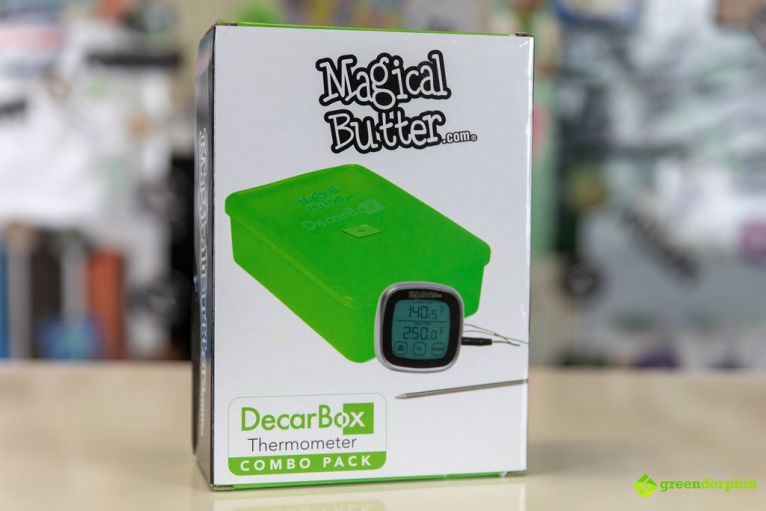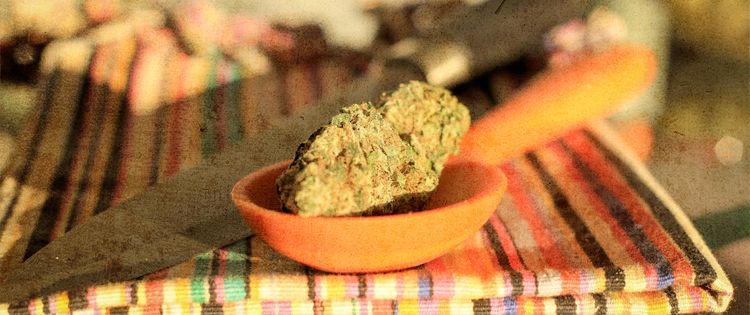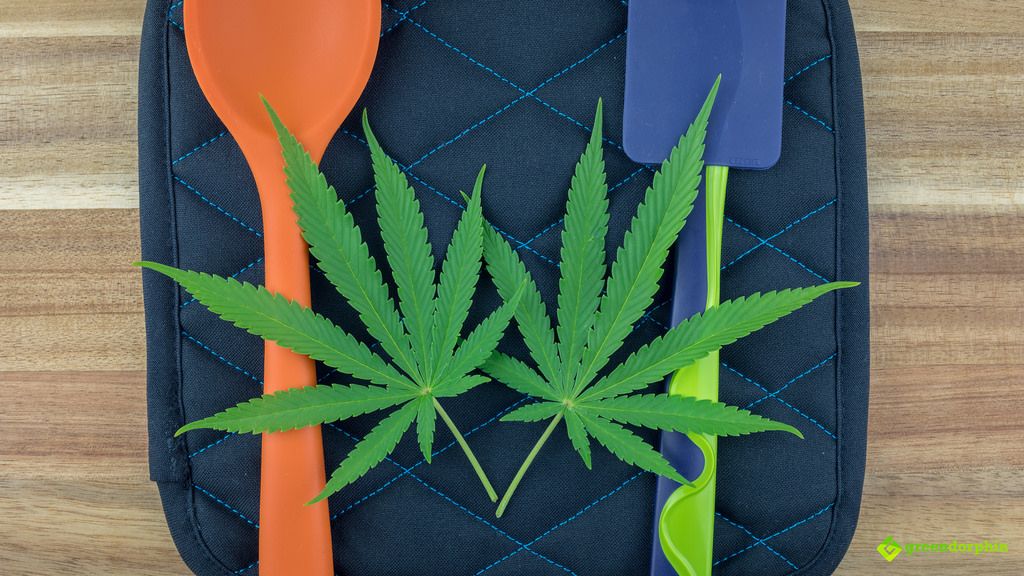Plan on using cannabis in edibles? Outstanding! Edibles are a great way to enjoy your favorite herb and with a virtually endless number of recipes and preparations to choose from, there is no doubt something for literally everyone.
Not so Fast there
But before you go throwing in some dry herb or concentrate into your next recipe, there is a VERY important step you need to take if you want to enjoy the psychoactive effects and euphoric “high” we all know and love.
Decarboxylation – a MUST
In order to enjoy the psychoactive effects of cannabis, you must first put your weed through the decarboxylation process. All cannabis products that are purchased from dispensaries have naturally occurring cannabinoids.
THCA is the highest cannabinoid found in cannabis that has not been decarboxylated.
THCA has been shown to have anti-inflammatory and neuroprotective properties (among other potential health benefits) that will take effect when it is consumed.
However, THCA is not psychoactive in its natural state. If you cook with THCA laden cannabis you may be largely disappointed when you find yourself snacking on that third pot brownie only to not feel a darn thing.
Decarboxylation is a safe and effective process that acts to convert THCA into the more commonly known psychoactive compound, THC, turning any recipe you add it to into a psychoactive treat.
How Can You Use Decarboxylation at Home to Make Edibles?
In order to decarboxylate cannabis at home, you’ll need a sample of your favorite cannabis strain, an oven that is preheated to 220-235 degrees Fahrenheit, some parchment paper, and a baking tray.
You can also decarboxylate cannabis in a slow cooker by using solvents like cooking oil or lecithin, as these substances will create infusions that can be used in cooking recipes, topicals, and capsules among others.
That said, many cannabis enthusiasts prefer a dedicated decarboxylator designed specifically for this task.

Not only are these devices more accurate, efficient and capable, they also keep cannabis away from your primary cooking apparatus such as ovens that may also be used to cook meals for non-cannabis users and children in the household.
Tips for Making Cannabis Edibles at Home
The process for making these tasty treats at home may seem involved, but once you get started, it will be easier to produce your own high-quality, effective, tasty edibles than it will be to travel miles to your favorite dispensary to purchase them.
Info on Edibles
Cannabis is a great addition to any diet. The leaves and flowers alone provide an amazing supply of protein, antioxidants, fiber, vitamins and minerals.
In fact, it’s healthier to eat raw cannabis than it is to smoke it. The best way to activate cannabinoids is to decarboxylate them and infuse them for cooking.
The main benefit of making your own DIY edibles is that you are able to select whatever strain you desire.
You will also be able to hand-pick the ingredients and the potency so that you can make the most potent, superior quality edibles that will be the most cost-effective to your wallet.
It’s important to note that the reaction is different from eating edibles than smoking cannabis.
The THC in edibles is converted by the liver into 1-OH-THC, which is singularly more potent than when cannabis is smoked.
Therefore, the high will last longer and will be more intense. In light of this, you should begin with a low dose on your edibles. You can always raise the dose as you go along.

Typically, it’s best, to begin with a small 5 mg dose, then wait an hour to gauge the effect.
If you’re worried about how to calculate the dose when you are making your edibles, there are always online dosage calculators that will be of great help to you.
Basic Tips To Consider Before Beginning Your DIY Edible Supply
Use High-Quality Cannabis — A good high-quality bud will have a pungent aroma.
You should steer clear from ones that smell like hay or have a faint scent altogether. Go for buds that are green in color, have a tight dense appearance like most Indica buds or a light fluffy appearance like most Sativa buds.
Also, make sure that the buds were grown in places that did not use chemicals or pesticides as these will be bad for you and also have a negative impact on taste.
Fully Bake Your Cannabis — In order to receive all the benefits of cannabis, you need to decarboxylate it, or heat it up, in order to activate the cannabinoids.
An uncooked cannabis plant will not get you high. Decarboxylation takes away those extra chemical chains from cannabis that block CBD.
Decarboxylation makes it so that cannabinoids will effectively bind to your body’s receptors. Bake lightly ground buds in a 240-degree oven for 30 to 40 minutes.
Don’t Overdo It — Since fats can only bind with a set number of cannabinoids, don’t use more than one cup of cannabis to one cup of oil.
Keep in mind that coconut oil has a higher ratio of saturated fats which means that it can effectively bind to more cannabinoids.

Low and Slow is the Way to Go — Low cooking times at low temperatures are the best way to go when you are ready to infuse. Even though marijuana starts to break down at 320 degrees Fahrenheit, the longer it is cooked, the more potent it becomes.
It is of most importance to keep your cannabis infusion and/or oil between 160 to 200 degrees Fahrenheit.
Shorter cook times will activate THC and CBD, while longer cook times will activate terpenes like the sleep-inducing CBN which will make your edibles perfect for those restless nights.
Long, slow cook times always result in edibles that have a high potency.
Include Water — Always add water to your fat so that you can prevent marijuana from degrading and overheating. Don’t be scared to add water. You won’t dilute your edibles in any way.
Always remember that when cooled, fats will separate from water, therefore, you will be able to scoop the cannabutter off of the water once everything has cooled down.
Now that you know the basics about decarboxylation and creating your own edibles, it’s time to let the fun really begin by searching for some tasty recipes to try out.


